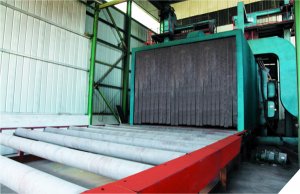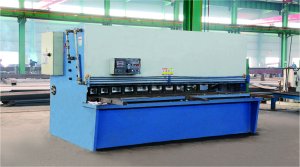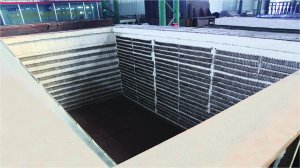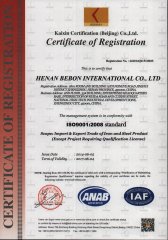In the realm of metallurgy, HI steel emerges as a remarkable material renowned for its unique blend of properties and diverse applications. HI steel, short for High Impact steel, is a specialized type of alloy steel engineered to exhibit exceptional toughness and impact resistance while maintaining good strength and weldability. Unlike conventional steel grades, HI steel undergoes specific heat treatment processes and alloying techniques to enhance its mechanical properties, making it particularly well-suited for applications subjected to high impact loads and dynamic stresses.
HI steel is characterized by its outstanding toughness, enabling it to absorb and dissipate energy effectively when subjected to sudden impacts or shock loads. This property makes it ideal for applications where resistance to fracture and deformation is crucial, such as in structural components and machinery subjected to dynamic loading conditions.Despite its emphasis on toughness, HI steel also possesses commendable strength, allowing it to withstand high stress levels without undergoing permanent deformation or failure. Its balanced combination of strength and toughness makes it suitable for applications requiring structural integrity and load-bearing capacity. HI steel exhibits good weldability, facilitating ease of fabrication and assembly in various manufacturing processes. This property enables efficient joining of HI steel components through welding techniques, ensuring the integrity and reliability of fabricated structures and assemblies. Depending on its specific alloy composition and surface treatment, HI steel can offer adequate corrosion resistance in certain environments. While not inherently corrosion-resistant like stainless steel, proper alloy selection and protective coatings can enhance its resistance to rust and degradation, expanding its application potential in corrosive environments.
The development of HI steel dates back to the mid-20th century, when demand for materials with increased strength and formability grew in the automotive, construction and manufacturing industries. HI steel was originally developed in response to the limitations of conventional steel, undergoing rigorous research and development to optimize its composition and processing techniques. Over the years, advances in metallurgical science and manufacturing technology have further improved the characteristics and performance of HI steel, paving the way for its wide range of applications in various fields. The development of HI steel is closely related to the development of metallurgical technology and industrial needs. Originally conceived as an improvement over traditional carbon steel, HI steel has undergone numerous iterations and improvements to meet the ever-changing needs of structural engineering and fabrication. With every advancement in metallurgical science and engineering, HI steel continues to evolve, providing superior strength, formability and weldability, cementing its position as a key material in modern industry.
HI steel plays a vital role in the automotive sector, where it is used in the fabrication of vehicle components subjected to impact and crash loads, such as chassis frames, bumpers, and safety reinforcements. Its exceptional toughness and strength contribute to enhanced occupant safety and vehicle performance in collision scenarios. In the construction and infrastructure sectors, HI steel finds application in structural components subjected to dynamic loading conditions, such as bridges, buildings, and industrial facilities. Its ability to withstand impact and seismic forces ensures the durability and resilience of engineered structures, safeguarding public safety and infrastructure integrity.HI steel is widely employed in the mining and heavy machinery industries for the fabrication of equipment components exposed to abrasive wear and high-impact conditions. From excavator buckets to conveyor systems, HI steel enhances equipment longevity and operational efficiency in harsh operating environments. Across various industrial sectors, HI steel finds use in machinery and equipment subjected to dynamic stresses and mechanical shocks. Whether in manufacturing machinery, agricultural equipment, or material handling systems, HI steel components contribute to enhanced reliability, uptime, and productivity.
Looking ahead, the future of HI steel appears promising, driven by ongoing advancements in materials science, manufacturing technologies, and industrial applications. Continued research and development efforts are expected to further enhance its properties, expand its application domains, and address emerging challenges such as sustainability, environmental impact, and resource efficiency.Moreover, the integration of HI steel into advanced engineering designs, coupled with digitalization and smart manufacturing initiatives, will unlock new opportunities for optimizing performance, reducing costs, and accelerating innovation across diverse industry sectors.
In conclusion, HI steel stands as a testament to the ingenuity of materials engineering, offering a unique combination of toughness, strength, and weldability that meets the demands of high-impact applications. From automotive safety to infrastructure resilience, its versatility and performance characteristics make it an indispensable material in the modern industrial landscape, poised to drive innovation and progress in the years to come.

 Address:Zhengzhou city in China.
Address:Zhengzhou city in China. Phone:0086-371-86151827
Phone:0086-371-86151827 Email:
Email:



 Address: Zhengzhou city in China.
Address: Zhengzhou city in China.


